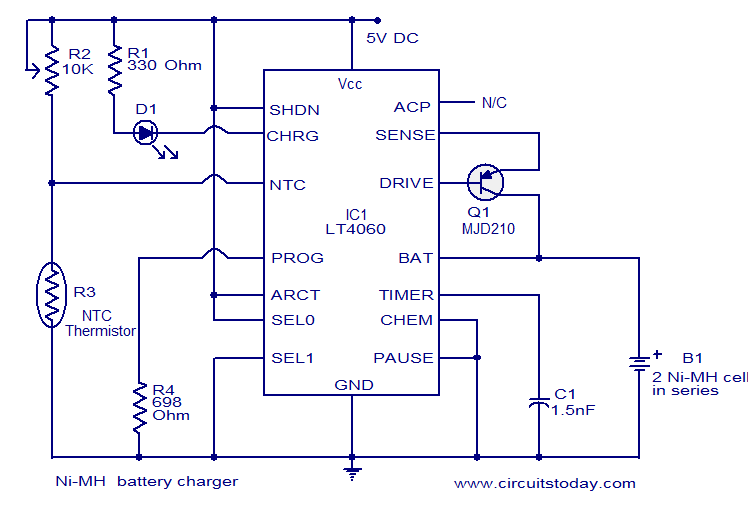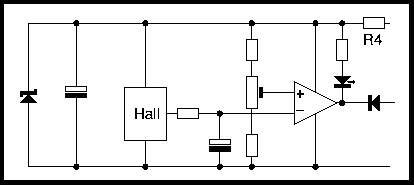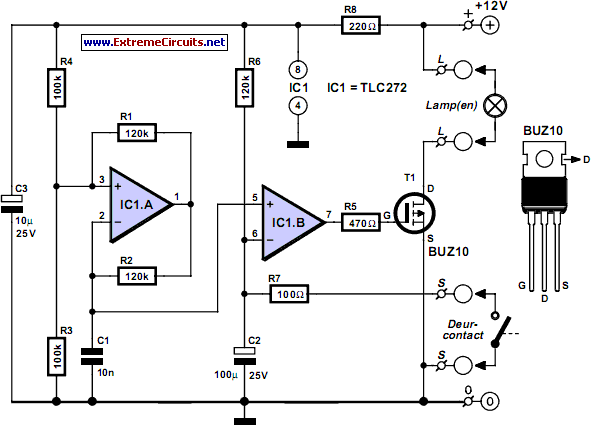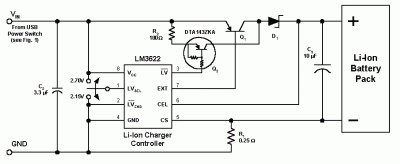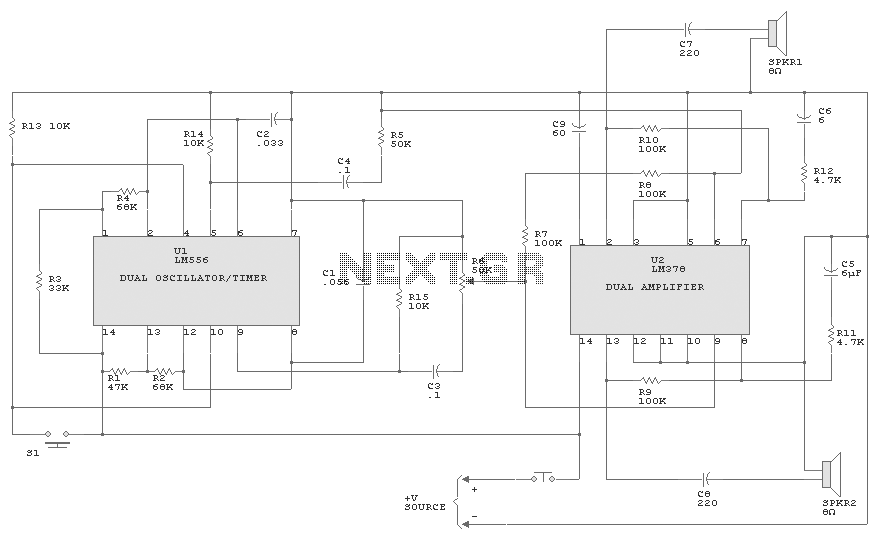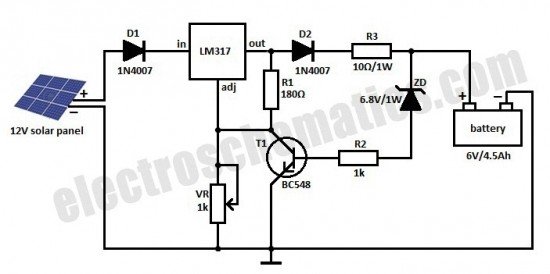
Car battery condition checker

This circuit utilizes an LED and a 4081 CMOS integrated circuit. A variable resistor is employed to adjust the voltage threshold at which the LED activates. The control should be set so that the LED illuminates when the voltage from the vehicle's ignition switch falls below 13 volts. The LED is designed to light intermittently for brief durations. However, if it remains illuminated for an extended period, it indicates potential issues within the electrical system.
The circuit design incorporates a 4081 CMOS quad two-input NAND gate, which is used for voltage comparison. The variable resistor, often referred to as a potentiometer, allows for fine-tuning of the reference voltage. When the ignition switch is engaged, the voltage is monitored; if it drops below the set threshold of 13 volts, the NAND gate outputs a low signal, activating the LED.
The LED serves as a visual indicator of the vehicle's electrical health. Under normal operating conditions, the LED will flicker occasionally, signaling that the system is functioning correctly. However, prolonged illumination of the LED suggests a problem, such as a failing alternator, battery issues, or excessive electrical load, necessitating further investigation.
The circuit may also include additional components such as resistors to limit current to the LED, ensuring its longevity. The configuration should be verified for proper connections and component ratings to prevent damage to the circuit. This setup is particularly useful in automotive applications where monitoring voltage levels is critical for maintaining the reliability of the vehicle's electrical system.This circuit uses an LED and 4081 CMOS integrated circuit. The variable resistor sets the voltage at which the LED turns on. Set the control so that the LED lights when the voltage from the car"s ignition switch drops below 13 volts The LED normally will light every now and then for a short period of time. But, if it stays on for very long, your electrical system is in trouble.
The circuit design incorporates a 4081 CMOS quad two-input NAND gate, which is used for voltage comparison. The variable resistor, often referred to as a potentiometer, allows for fine-tuning of the reference voltage. When the ignition switch is engaged, the voltage is monitored; if it drops below the set threshold of 13 volts, the NAND gate outputs a low signal, activating the LED.
The LED serves as a visual indicator of the vehicle's electrical health. Under normal operating conditions, the LED will flicker occasionally, signaling that the system is functioning correctly. However, prolonged illumination of the LED suggests a problem, such as a failing alternator, battery issues, or excessive electrical load, necessitating further investigation.
The circuit may also include additional components such as resistors to limit current to the LED, ensuring its longevity. The configuration should be verified for proper connections and component ratings to prevent damage to the circuit. This setup is particularly useful in automotive applications where monitoring voltage levels is critical for maintaining the reliability of the vehicle's electrical system.This circuit uses an LED and 4081 CMOS integrated circuit. The variable resistor sets the voltage at which the LED turns on. Set the control so that the LED lights when the voltage from the car"s ignition switch drops below 13 volts The LED normally will light every now and then for a short period of time. But, if it stays on for very long, your electrical system is in trouble.
